Sixty years of science
In 2016, our company marked the 60th anniversary of the opening of our first Research and Development centre in Southampton.
-
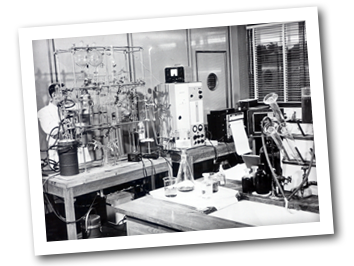
1950s
Research & Development department established to study tobacco products, employing three engineers and five newly recruited scientists in a temporary laboratory.
-
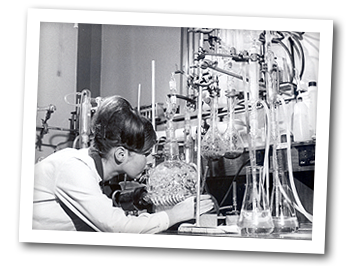
1960s
Chemistry dominates. Scientists start to learn more about the chemistry of cigarettes. Many projects undertaken form the foundation for BAT's research today.
-

1970s
Greater focus on smoking behaviour and biology. Technology starts to make a bigger contribution. Mass spectrometers are used.
-
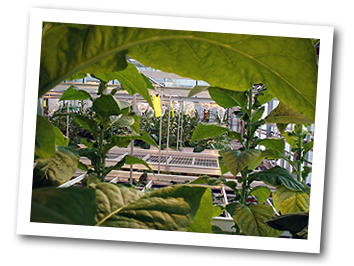
1980s
Biotechnology is embraced with full ownership of an earlier joint venture, Advanced Technologies Cambridge.
-
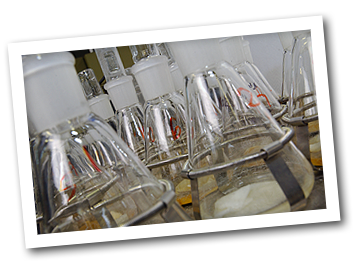
1990s
Analytical capability is expanded and increasingly more sophisticated techniques are used to improve our ability to measure smoke constituents.
-

2000s
British American Tobacco marks 50 years of R&D.
bat-science.com is launched to showcase the company's science.
-
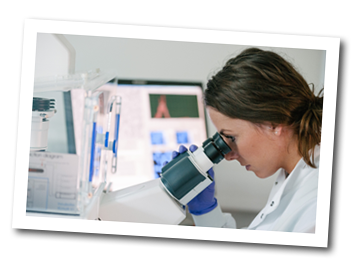
2010s
Global R&D community now employees over 1,200 people and global investment in R&D activity for a three-year period is over £460 million.
A major focus of our R&D is in developing potentially less risky alternatives to conventional cigarettes.
Then the centre was staffed by a small team of scientists and engineers. Fast forward 60 years and the team in Southampton is more than 400 strong and comprises highly skilled specialists in areas such as biochemistry, genetics, toxicology, biotechnology and electronics.
The focus of their research includes innovative tobacco products and developing reduced-risk products*† which offer adult smokers a choice of less risky alternatives to conventional cigarettes.
Click through the timeline above to see how our research and development has evolved over six decades.
* Based on the weight of evidence and assuming a complete switch from cigarette smoking. These products are not risk free and are addictive.
† Our Vapour product Vuse (including Alto, Solo, Ciro and Vibe), and certain products, including Velo, Grizzly, Kodiak, and Camel Snus, which are sold in the U.S., are subject to FDA regulation and no reduced-risk claims will be made as to these products without agency clearance.







